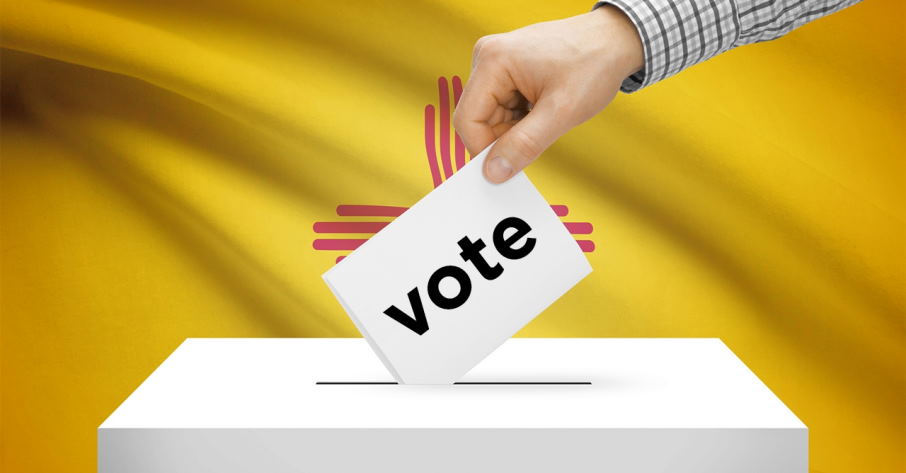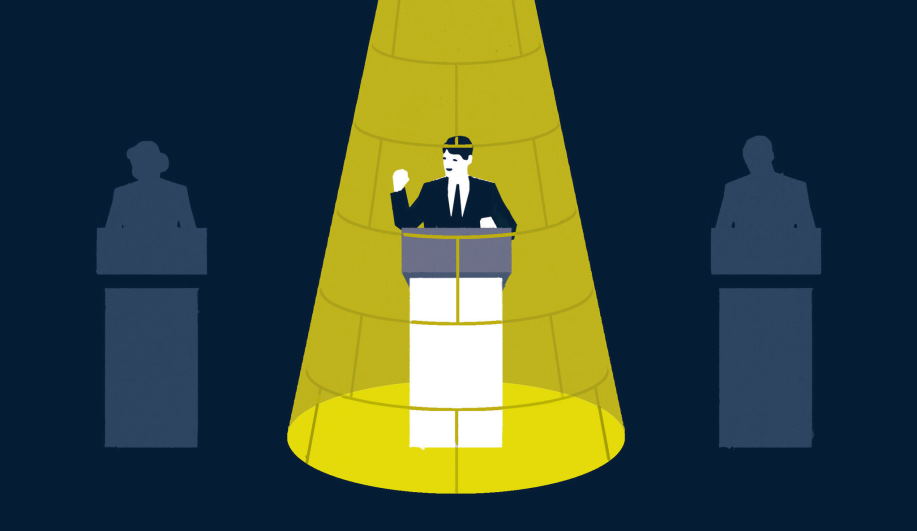The multi-party system is a vital part of democracy, but it can also be confusing for those who are new to the political process. In this blog post, we’ll explain what the multi-party system is and how it works in democracies around the world. We’ll also discuss some of the advantages and disadvantages of this type of system. Whether you’re a politics buff or just trying to understand how your government works, this blog post will give you a crash course on the multi-party system.
The pros and cons of a multiparty system
A multiparty system is a system in which multiple political parties compete for seats in a legislature. This can lead to problems if the different parties cannot agree on key issues or if one party becomes too powerful and dominates the others. However, a multiparty system can also produce a more stable government since it allows for more voices to be heard and different points of view to be represented.
One advantage of a multiparty system is that it can help prevent any one party from becoming too powerful. If one party dominates the legislature, it can pass laws that favor its interests and marginalize other groups. A multiparty system ensures checks and balances and that no group has too much power.

Another advantage of a multiparty system is that it allows for different points of view to be represented. There are only two options in a two-party system, and both parties may share similar views on key issues. However, in a multiparty system, a greater variety of voices and perspectives exist. This can lead to more informed decision-making, as legislators must consider the views of all parties involved.
There are also some disadvantages to a multiparty system. One is that it can make governing more difficult since there are more interests to represent and more parties to negotiate with. Another downside is that a multiparty system can lead to gridlock, as parties may be unwilling to compromise on key issues.
Ultimately, the decision of whether to have a multiparty system is up to each country. Both systems have advantages and disadvantages, and it is up to each nation to decide what works best for them.

Challenges to multiparty governments
Most countries have some form of multiparty government, in which more than two political parties share power. However, these governments can face a number of challenges that can lead to instability and gridlock.
One challenge is that, in a multiparty system, it can be difficult for any one party to gain a majority of seats in parliament. This can lead to coalition governments, in which two or more parties must work together to pass legislation. While this can create stable governments, it can lead to disagreement and infighting between the parties. Another challenge is that multiparty systems can give small parties an outsize influence on government. This is because larger parties often need smaller parties’ support to form a coalition government. This can give these small parties a great deal of power, which they may use to further their agendas rather than the country’s interests.
Despite these challenges, multiparty governments are the world’s most common form of government. This is because they allow for various voices and perspectives to be represented in government, which can lead to more effective decision-making. Additionally, multiparty systems can check the power of any one party or individual and can help prevent corruption.





